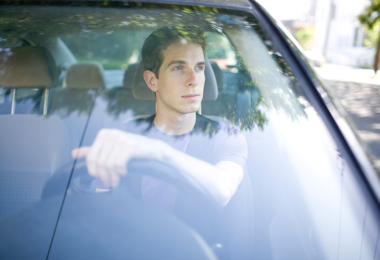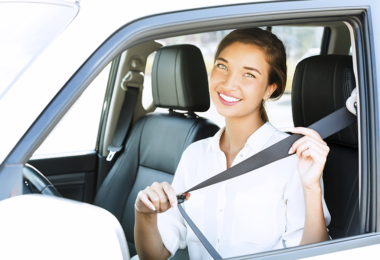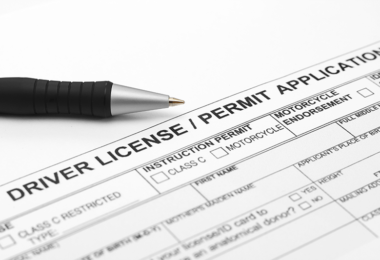Home / Modules / Components / Minimum entry age for learner stage / Description and rationale
Description and rationale
Age 16 rather than earlier is consistent with the general finding that beginning to drive at older ages has safety advantages,1 and is also consistent with the view that because of neurobiological development driving at age 15 or younger may be too early.2
The age of entry into the learner stage of GDL in the U.S. varies from 14 to 16. A learner starting age of 16 is in place in New Zealand, and in most Australian states and Canadian provinces. New Zealand increased the age from 15 to 16 in 2011 after years of efforts by safety groups to do so.3 The primary reason for increasing the age to 16 in New Zealand was to increase the safety of young drivers by not only raising the driving age but also making the restricted license test more difficult so they would practice more before they commence solo driving.4
The minimum entry age should be no younger than 16. Importantly, the majority of parents of teen drivers support a minimum learner license age of 16 or older.5 The Insurance Institute for Highway Safety also estimates that increasing the minimum driver permit age from 14 to 16 would reduce collision claims and fatal crashes by 7% and 24%, respectively; a change from age 15 to 16 would reduce collision claims by 3% and fatal crashes by 13%.6
2Senserrick and Williams, 2015; Johnson and Jones, 2011
3Begg and Langley, 2009; Begg and Brookland, 2015
4New Zealand Ministry of Transport, 2010
6Available at http://www.iihs.org/iihs/topics/laws/gdl_calculator?state=AK





